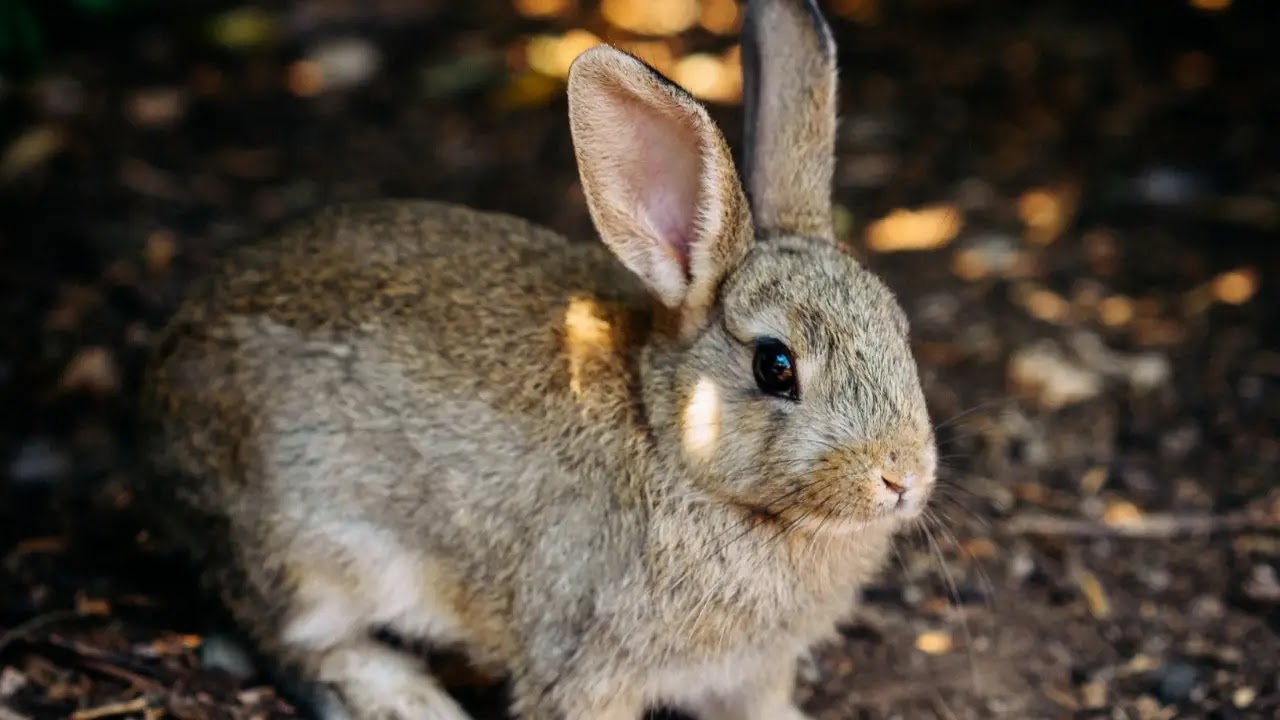introduction
Rabbits are fascinating creatures that have been domesticated for thousands of years. They are social animals that communicate with each other using body language, vocalizations, and even scent marking. Understanding rabbit body language is essential for anyone who wants to keep rabbits as pets or work with them in any other capacity.
table about Rabbit Body Language
| Rabbit Body Language | Description |
|---|---|
| Ears | When a rabbit's ears are standing up and pointing forward, it means the rabbit is alert and interested in something. When the ears are relaxed and lying flat against the back of the head, it means the rabbit is feeling calm and content. When the ears are flattened against the back of the head, it means the rabbit is scared or angry. |
| Eyes | A rabbit's eyes can communicate a lot about their emotions. When a rabbit's eyes are wide open, it means they are feeling scared or excited. When the eyes are half-closed, it means the rabbit is feeling relaxed and comfortable. When the eyes are narrowed and focused, it means the rabbit is feeling aggressive. |
| Body | A rabbit's body posture can also communicate their emotions. When a rabbit is lying down with their legs stretched out behind them and their head resting on the ground, it means they are feeling calm and relaxed. When a rabbit is crouched down with their body tense and ready to move, it means they are feeling scared or anxious. When a rabbit is standing on their hind legs with their front paws up, it means they are feeling curious or excited. |
| Tail | A rabbit's tail can also communicate their emotions. When a rabbit's tail is held high and in a relaxed position, it means the rabbit is feeling happy and content. When the tail is tucked between the legs, it means the rabbit is scared or feeling submissive. When the tail is thumping loudly against the ground, it means the rabbit is feeling threatened or angry. |
ear
The table above provides instant tips to understand rabbit body language. One of the most important aspects of rabbit body language is their ears. A rabbit's ears can tell you a lot about how they are feeling. When the ears are standing up and pointing forward, it means the rabbit is alert and interested in something. When the ears are relaxed and lying flat against the back of the head, it means the rabbit is feeling calm and content. When the ears are flattened against the back of the head, it means the rabbit is scared or angry.
eyes
Another important aspect of rabbit body language is their eyes. A rabbit's eyes can communicate a lot about their emotions. When a rabbit's eyes are wide open, it means they are feeling scared or excited. When the eyes are half-closed, it means the rabbit is feeling relaxed and comfortable. When the eyes are narrowed and focused, it means the rabbit is feeling aggressive.
body posture
A rabbit's body posture can also communicate their emotions. When a rabbit is lying down with their legs stretched out behind them and their head resting on the ground, it means they are feeling calm and relaxed. When a rabbit is crouched down with their body tense and ready to move, it means they are feeling scared or anxious. When a rabbit is standing on their hind legs with their front paws up, it means they are feeling curious or excited.
rabbit's tail
Finally, a rabbit's tail can also communicate their emotions. When a rabbit's tail is held high and in a relaxed position, it means the rabbit is feeling happy and content. When the tail is tucked between the legs, it means the rabbit is scared or feeling submissive. When the tail is thumping loudly against the ground, it means the rabbit is feeling threatened or angry.
Understanding rabbit body language is essential for anyone who wants to keep rabbits as pets. By understanding how your rabbit is feeling, you can provide them with the appropriate care and attention they need. For example, if your rabbit is feeling scared, you can provide them with a quiet and secure environment to help them feel more comfortable. If your rabbit is feeling curious or excited, you can provide them with toys and other forms of enrichment to keep them engaged and stimulated.
conclusion
understanding rabbit body language is essential for anyone who wants to keep rabbits as pets or work with them in any other capacity. By paying attention to their ears, eyes, body posture, and tail, you can gain valuable insights into how your rabbit is feeling and provide them with the appropriate care and attention they need.
References
- Harkness, J. E., & Wagner, J. E. (2015). The biology and medicine of rabbits and rodents. John Wiley & Sons.
- Krempels, D. M. (2004). Rabbit behavior and psychology. In Textbook of Rabbit Medicine (pp. 15-26). Butterworth-Heinemann.


